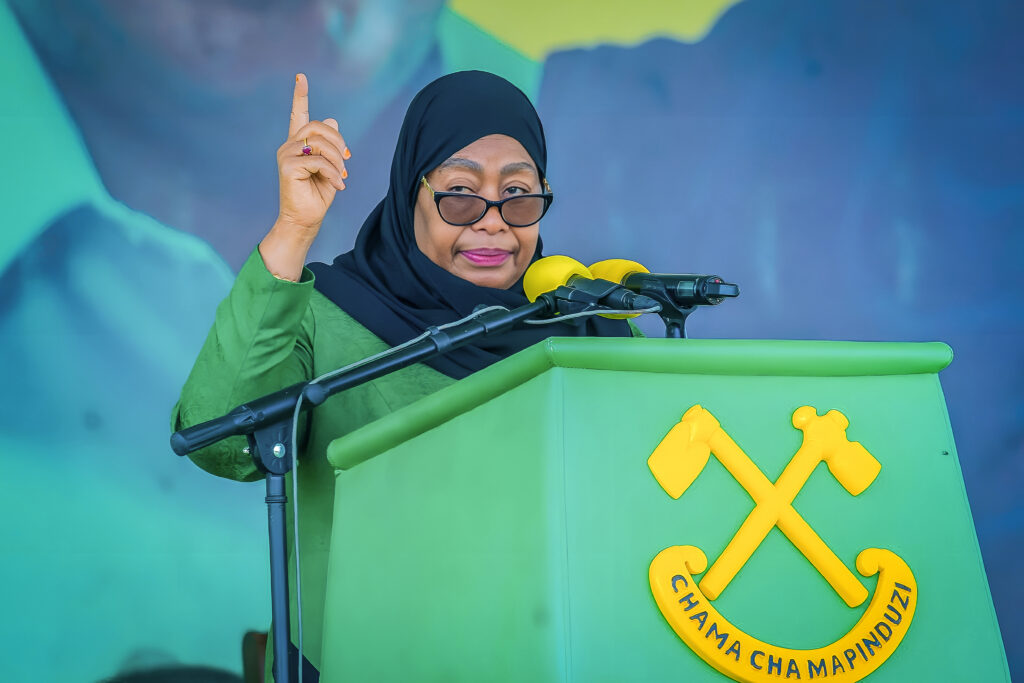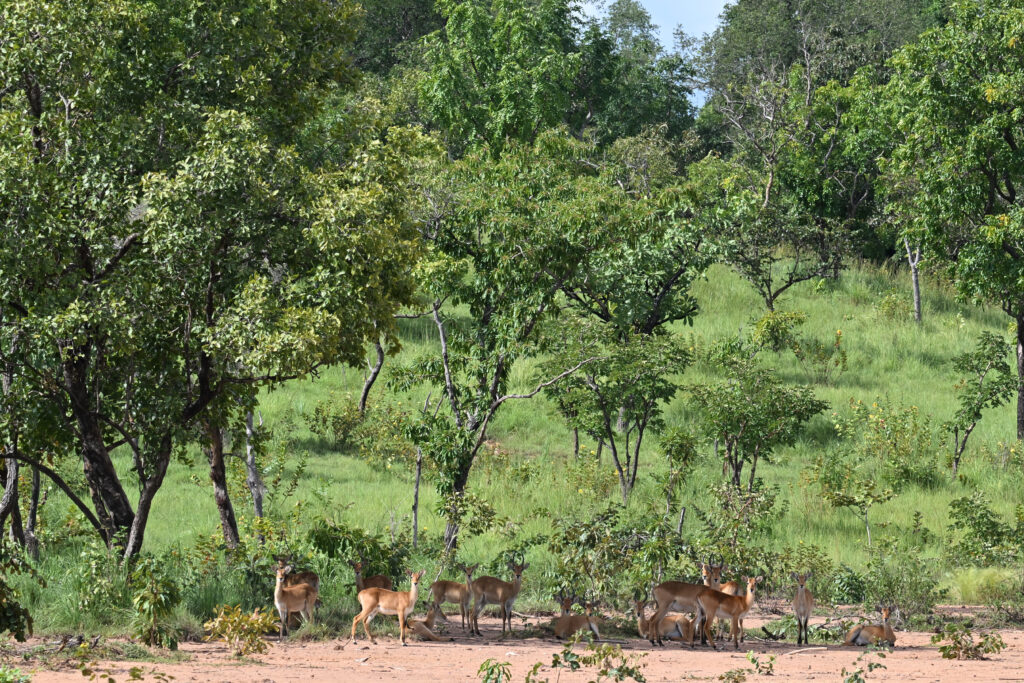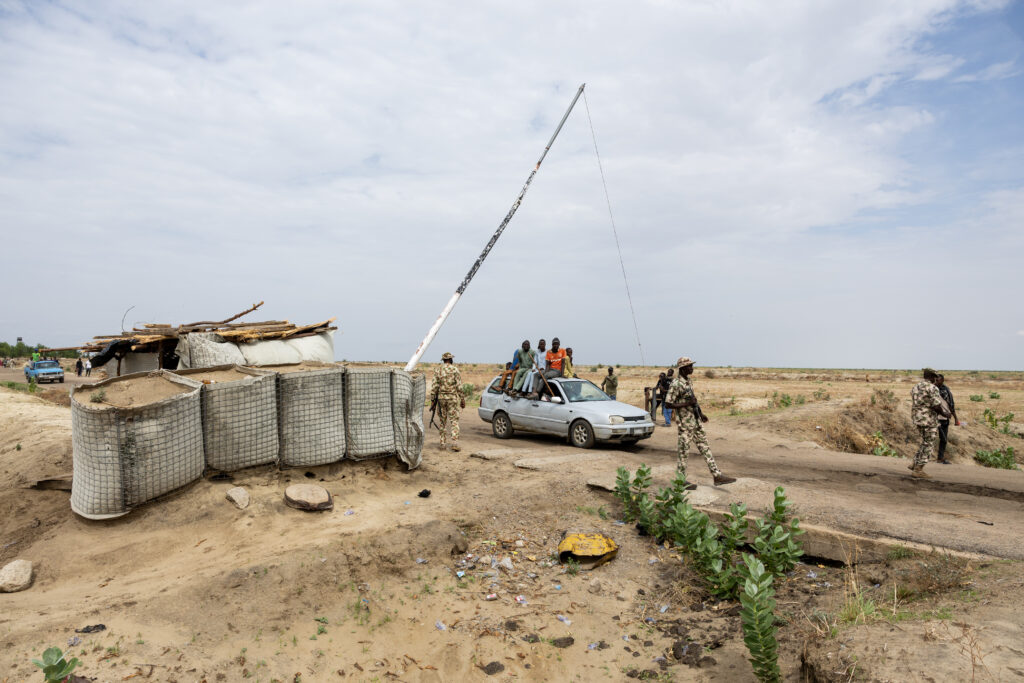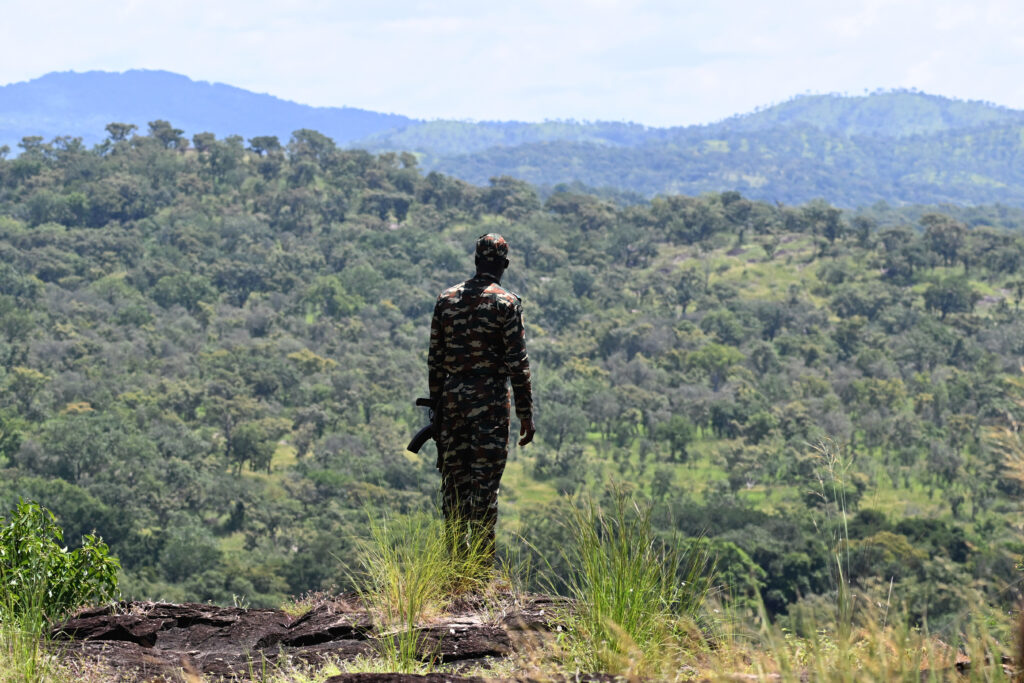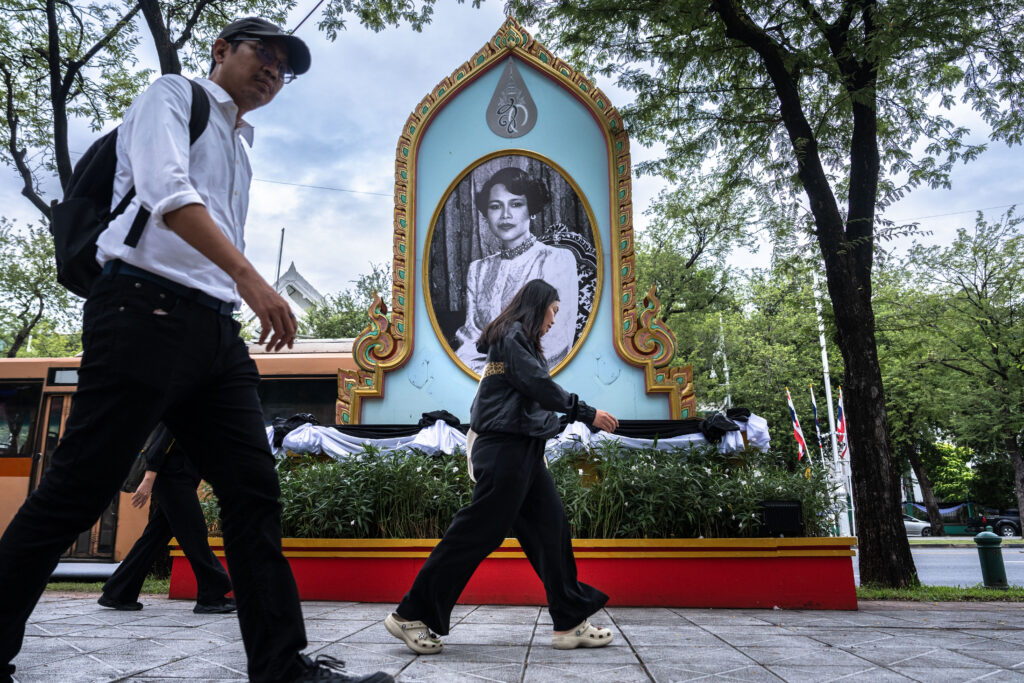Gérald Darmanin visé par une plainte d’avocats pour son soutien implicite à Sarkozy
Ils accusent Gérald Darmanin de “prendre position”: un collectif d’avocats a porté plainte auprès de la Cour de justice de la République (CJR) contre le ministre de la Justice pour son soutien implicite à Nicolas Sarkozy, à qui il a rendu visite en prison. Le garde des Sceaux a rencontré mercredi à la prison de la Santé à Paris l’ancien président de la République, un de ses mentors en politique.Mais la plainte des avocats est née bien avant, juste après des déclarations de M. Darmanin sur France Inter le 20 octobre, à la veille de l’incarcération de M. Sarkozy. En confiant ce jour-là sa “tristesse” après la condamnation de M. Sarkozy et en annonçant lui rendre prochainement visite en prison, ce qu’il a fait depuis, M. Darmanin a “nécessairement pris position dans une entreprise dont il a un pouvoir d’administration”, stipule la plainte que l’AFP a pu consulter.M. Darmanin indiquait qu’il irait “voir en prison” M. Sarkozy pour s’inquiéter “de ses conditions de sécurité”. Et d’ajouter: “J’ai beaucoup de tristesse pour le président Sarkozy”, “l’homme que je suis, j’ai été son collaborateur, ne peut pas être insensible à la détresse d’un homme”.Ce collectif d’une trentaine d’avocats se dit dans sa plainte, portée par Me Jérôme Karsenti, “particulièrement indigné par les déclarations du garde des Sceaux” faisant part “publiquement de sa compassion à l’égard de M. Sarkozy en soulignant les liens personnels qu’ils entretiennent”.En “s’exprimant publiquement quant à sa volonté de rendre visite à M. Sarkozy en détention” ainsi “qu’en lui apportant implicitement son soutien”, M. Darmanin a “nécessairement pris position” dans une entreprise dont il a aussi “un pouvoir de surveillance en tant que supérieur hiérarchique du parquet”, déroulent les plaignants.Juridiquement, ce collectif d’avocats porte plainte contre M. Darmanin pour “prise illégale d’intérêts”, via une jurisprudence considérant que “l’intérêt” peut “être moral et plus précisément amical”. – “Préjudice” -“Il ne fait pas de doute que cet intérêt est de nature à compromettre l’impartialité et l’objectivité de M. Darmanin qui, en tant que ministre de la Justice, ne peut prendre position de cette manière dans une affaire pendante”, argumentent les avocats.Condamné le 25 septembre à cinq ans d’emprisonnement dans le dossier libyen pour association de malfaiteurs, l’ancien président a depuis déposé une demande de remise en liberté, que la justice doit examiner dans les prochaines semaines, avant son procès en appel en 2026.Les propos de M. Darmanin sur France Inter avaient déjà ému la magistrature. Le plus haut procureur de France, Rémy Heitz, y avait vu un “risque d’obstacle à la sérénité” et donc “d’atteinte à l’indépendance des magistrats”.”S’assurer de la sécurité d’un ancien président de la République en prison, fait sans précédent, n’atteint en rien à l’indépendance des magistrats mais relève du devoir de vigilance du chef d’administration que je suis”, s’était déjà défendu M. Darmanin sur X.Pour le collectif d’avocats, “les déclarations” du ministre de la Justice, “suivies” de sa “visite rendue à la prison de la Santé”, sont “susceptibles de mettre à mal la confiance que les justiciables ont dans la justice et leurs auxiliaires”, que sont notamment les avocats.Les “agissements” de M. Darmanin leur causent “ainsi un préjudice d’exercice et d’image qui rend nécessaire le dépôt de cette plainte auprès de la commission des requêtes” de la CJR, peut-on encore lire dans la plainte.La CJR est la seule juridiction habilitée à poursuivre et juger les membres du gouvernement pour les crimes et délits commis dans l’exercice de leurs fonctions.



